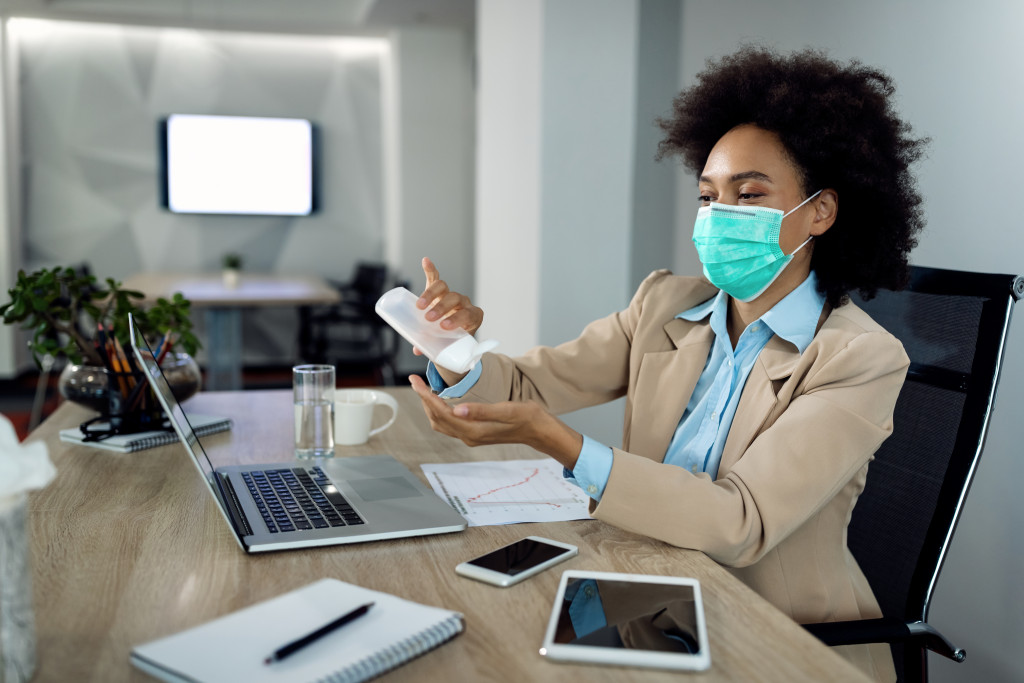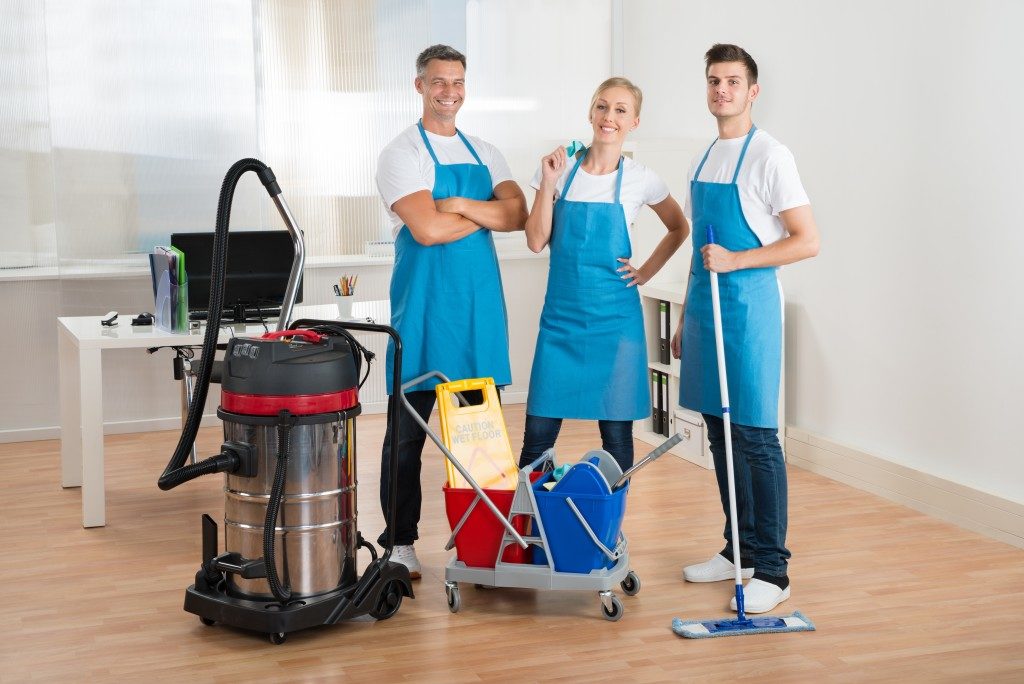According to the latest U.S. Remote Work Survey, at least 83% of employers believe that their remote work setup has been successful. The survey also showed that 87% of employees still see the office as a venue to build relationships with their colleagues. Meanwhile, at least 68% of executives believe that employees should work in the office at least three days post-pandemic. Given these data, it looks like a hybrid setup at work would be the norm once the pandemic is over. The question is: as an employer, are you ready to welcome your employees back to the office?
The Hybrid Work Setup Is In
Experts believe that a hybrid setup at work will be the perfect setup for most companies. In a hybrid model set up, employees should report to the office for a few days and then do remote work on the other days. It is then crucial for business owners to consider the following as they plan a hybrid model:
- Employees’ specific job
- Employee’s personalities and preference
- Employees’ work experience
- Employees’ age
- Timing
It is also essential to prepare the office itself. Thus, it is a challenge for businesses to redesign the office given the safety protocols. It isn’t only the work set up that shifts this new normal but also the office set up.
How to Prepare the Office
At least 73% of U.S. employees are concerned primarily with air quality and compliance to safety protocols. They are also concerned about the facility’s cleanliness and physical distancing at work. They also consider the density of people in the office. Apart from that, they also worry about visitor protocols and food and beverage safety.
These just show how employees need to be reassured that the workplace is safe. Thus, the need to redesign.
Here are some tips for business owners on redesigning the workplace.
1. Increase ventilation

It would be best if you could set up your work area outdoors. If your workplace has facilities where employees can get fresh air from time to time, the better. Yet, since most offices are indoor, the best you can do is to make sure that there is proper ventilation. Ask your air-conditioning service provider whether they install air filtration systems. You may also ask them to install portable air cleaners to make sure indoor air is of the best quality.
2. Consider spreading out your work location
It’s not all about an open-plan layout or spreading out your employees in one huge working space. Some companies have now tried putting up satellite locations for their employees. They even assigned an office per area. With this, their employees wouldn’t have to risk getting COVID-19 as they commute to work.
3. Invest in digital tools
Employees have more opportunities to collaborate as they go back to the office. But, meetings and group sessions should still be limited. Crowding at the canteen or the elevator should be properly monitored. Mobile apps and other work messaging platforms will allow your employees to maintain distance. Through these platforms, employees can schedule who goes to the canteen first. They can check first the digital menu before heading to the canteen to avoid long queues.
4. Maximize space based on efficiency
The hybrid setup is a mix of virtual work and office work. Review your workflow and analyze who needs to be in the office and those who do not. This will depend on their specific daily tasks. Do they need to use the facilities at work? Do they need to interact with their co-workers?
Now that you get to lessen those who need to report in the office, you can now maximize the space. You can now set up the work area based on social distancing protocols. There should be specific boundaries per area to avoid social interaction. This will prevent the spread of COVID-19 in the workplace.
5. Rearrange common areas
There used to be a time when the lounge or the canteen was the favorite place for employees. That’s where they gather and share ideas, catch up with their personal lives, and eat together. With the pandemic, you might want to convert them into solo pods where employees can work independently. Removing the common areas, for now, can prevent them from gathering.
These are some things to consider as your prepare to welcome back your employees at work. Don’t open up your office if you’re not a hundred percent sure it will be a safe working haven for everyone. At the end of the day, your priority should be the welfare of your employees.




